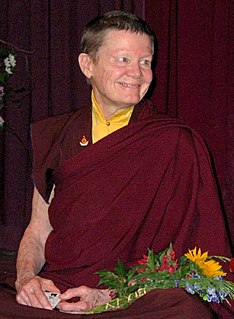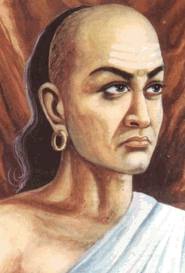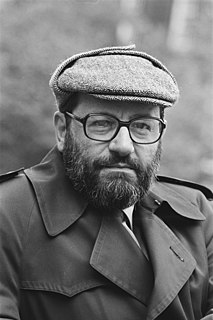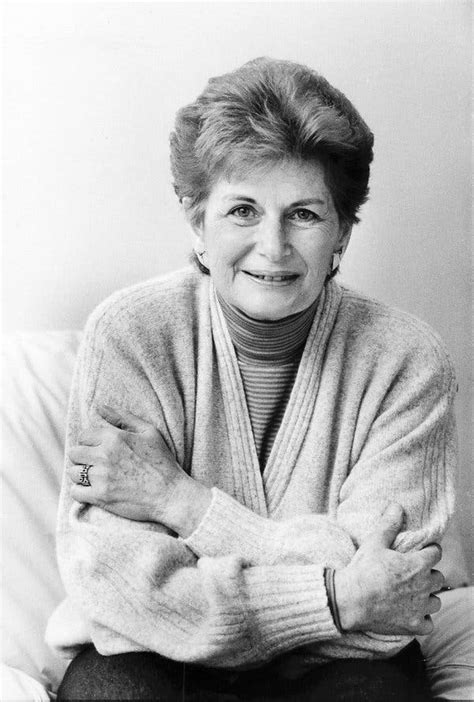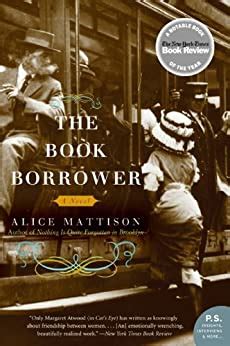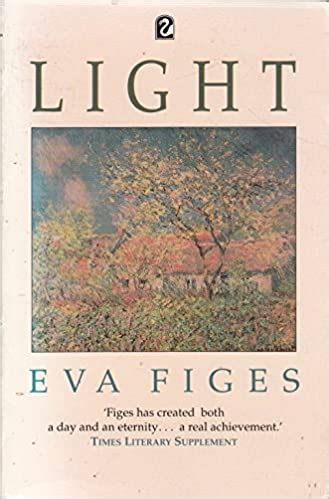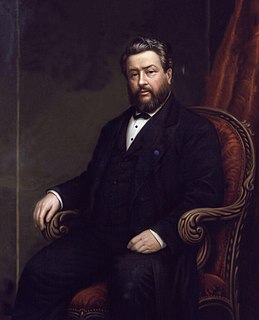A Quote by Pema Chodron
For arousing compassion, the nineteenth-century yogi Patrul Rinpoche suggested imagining beings in torment - an animal about to be slaughtered, a person awaiting execution. To make it more immediate, he recommended imagining ourselves in their place. Particularly painful is his image of a mother with no arms watching as a raging river sweeps her child away. To contact the suffering of another being fully and directly is as painful as being in the woman's shoes.
Related Quotes
Most of what I read is for reviewing purposes or related to something I want to write about. It's slightly utilitarian. I definitely miss that sense of being a disinterested reader who's reading purely for the pleasure of imagining his way into emotional situations and vividly realized scenes in nineteenth-century France or late nineteenth-century Russia.
Current conflicts and guilt about being a woman who is a mother and a person in her own right are a socially defined malaise, notan individual problem.... The conflict is not between being a mother and having a career; it is between nineteenth-century ideas about children and today's ideas about women.
Motherhood involves a special communion with the mystery of life, as it develops in the mother's womb. The mother is filled with wonder at this mystery of life, and 'understands' with unique intuition what is happening inside her. In the light of the 'beginning', the mother accepts and loves as a person the child she is carrying in her womb. This unique contact with the new human being developing within her gives rise to an attitude towards human beings - not only towards her own child, but every human being - which profoundly marks the woman's personality.
There, Master Niketas,’ Baudolino said, ‘when I was not prey to the temptations of this world, I devoted my nights to imagining other worlds. A bit with the help of wine, and a bit with that of the green honey. There is nothing better than imagining other worlds,’ he said, ‘to forget the painful one we live in. At least so I thought then. I hadn’t yet realized that, imagining other worlds, you end up changing this one.
The essence of love and compassion is understanding, the ability to recognize the physical, material, and psychological suffering of others, to put ourselves "inside the skin" of the other. We "go inside" their body, feelings, and mental formations, and witness for ourselves their suffering. Shallow observation as an outsider is not enough to see their suffering. We must become one with the subject of our observation. When we are in contact with another's suffering, a feeling of compassion is born in us. Compassion means, literally, "to suffer with."
We can make this a more peaceful century if we cherish non-violence and concern for others’ well-being. It is possible. If the individual is happier, his or her family is happier; if families are happy, neighborhoods and nations will be happy. By transforming ourselves we can change our human way of life and make this a century of compassion.
I think the things that are more painful to me are not the intrusion of paparazzi, it's the lack of civility that I find more intimidating and far more painful an experience. It's the lack of critical thinking. It's the endless snarky, mean way we talk about each other, we approach each other. The anonymity of being cruel, the delight in tearing people down. The tabloid era that we find ourselves in is a cultural boneyard, and that is painful to me.
In our minds lives the madonna image--the all-embracing, all- giving tranquil mother of a Raphael painting, one child at her breast, another at her feet; a woman fulfilled, one who asks nothing more than to nurture and nourish. This creature of fantasy, this myth, is the model--the unattainable ideal against which women measure, not only their performance, but their feelings about being mothers.
In a world full of war, famine, oppression, deceit, monotony, what—apart from the eternal innocence of animals—offers an image of hope? A mother with a newborn child in her arms? The child may end up as a murderer or a murder victim, so that the hopeful image is a prefiguration of a pietà: a mother with her newly dead child on her lap.
The mother gazes at the baby in her arms, and the baby gazes at his mother's face and finds himself therein... provided that the mother is really looking at the unique, small, helpless being and not projecting her own expectations, fears, and plans for the child. In that case, the child would find not himself in his mother's face, but rather the mother's own projections. This child would remain without a mirror, and for the rest of his life would be seeking this mirror in vain.
Monarchs not only fashion their age, but are fashioned by it, so that they can become a sort of personification of the age. If Elizabeth I, independent, strong, represents the age of Shakespeare's heroines, a woman's heyday, Victoria represents another image of womanhood, predominant in the nineteenth century: a woman who, although queen in her own right, leaned on her husband, looked up to him, and went into perpetual mourning after his death. The feminist movement filled her with shocked horror and outrage.
